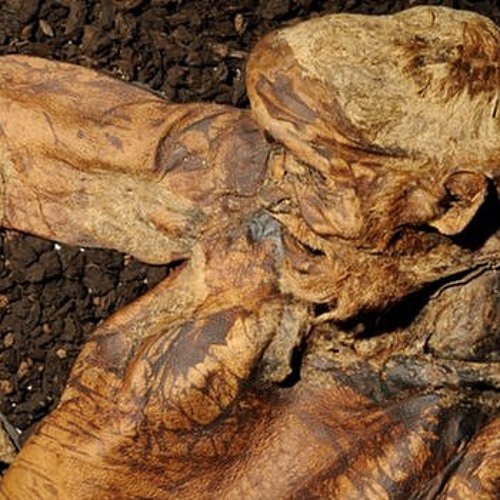The Enigma of Lindow Man: Exploring the Preserved Remains of a Prehistoric Figure from Centuries Past
Lindow Man, a prehistoric figure preserved for centuries in a peat bog, has captivated archaeologists and researchers with his enigmatic story. Discovered in Cheshire, England, this astonishing find offers a rare glimpse into the life and death of an individual from ancient times.

Lindow Man, also known as Pete Marsh, was unearthed in 1984 by peat cutters. His remarkably well-preserved remains, dating back to the Iron Age, have provided invaluable insights into the customs, rituals, and beliefs of this ancient period.
The circumstances surrounding Lindow Man’s death remain a subject of speculation. His body shows signs of violent trauma, leading to theories of ritual sacrifice or execution. The mysterious circumstances surrounding his demise have fueled countless debates among experts, adding to the allure of this ancient figure.

Furthermore, the preservation of Lindow Man’s body has allowed researchers to study his physical characteristics, lifestyle, and even his diet. Through scientific analysis, they have discovered details about his health, such as evidence of arthritis and the presence of pollen and plant material in his digestive tract, shedding light on the environment and dietary habits of the time.

The discovery of Lindow Man has also highlighted the importance of peat bogs as natural time capsules, preserving artifacts and human remains for millennia. These unique environments provide a rare opportunity to delve into the past and unlock the secrets of ancient civilizations.
As research continues, scientists hope to uncover more details about Lindow Man’s life, the society he lived in, and the circumstances that led to his untimely demise. The story of Lindow Man serves as a reminder of the enduring fascination with our ancient ancestors and the mysteries that still lie beneath the surface of our world.

In unraveling the enigma of Lindow Man, we gain a deeper understanding of our shared human history and the complexity of the societies that came before us. His preserved remains offer a tangible connection to the past, allowing us to explore the mysteries of a bygone era and reflect on the fragility and resilience of the human experience.